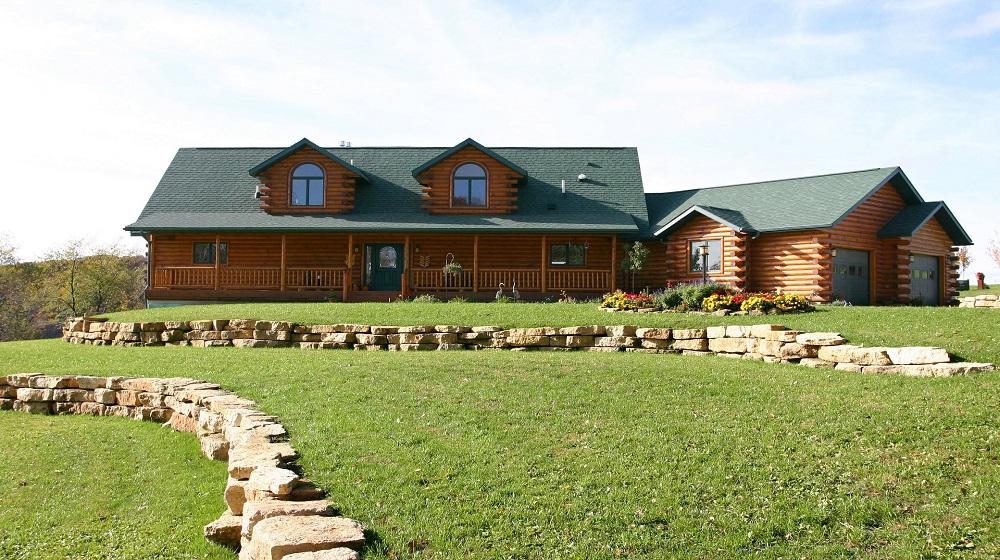Misconceptions in India: Wood Barn addressing the misconceptions in India with respect to wood as a construction material.
Wood Barn India being the first to introduce wooden houses in India. In India, there are several misconceptions regarding wood as a construction material. Some of these misconceptions include:
Perceived Weakness: One common misconception is that wood is not as strong as concrete or steel. While it’s true that wood is a lightweight material, engineered wood products like laminated veneer lumber (LVL) and glued laminated timber (Glulam) can be as strong as, or even stronger than, certain types of steel or concrete.
Vulnerability to Termites and Decay: Many people believe that wood is highly susceptible to termite attacks and rot. While untreated natural wood is indeed prone to these issues, there are various treatment methods, such as pressure treatment and chemical coatings, that can significantly enhance wood’s resistance to termites, fungi, and decay.
Fire Hazard: Another misconception is that wood is a significant fire hazard. While wood is combustible, it doesn’t mean that wooden structures are inherently unsafe. Fire-resistant treatments and coatings can be applied to wood, making it safer in case of a fire. Additionally, heavy timber construction, where larger pieces of wood are used, can resist fire for a longer time, providing occupants more time to evacuate.
Environmental Concerns: Some people believe that using wood contributes to deforestation and is harmful to the environment. However, sustainable forestry practices and certifications like FSC (Forest Stewardship Council) and PEFC (Programme for the Endorsement of Forest Certification) ensure that wood is sourced responsibly, promoting the growth of new trees and maintaining the ecological balance.
Maintenance Issues: There’s a misconception that wood requires high maintenance. While it’s true that wood needs proper care to ensure its longevity, modern treatments and finishes have significantly reduced the maintenance requirements. Regular inspections and timely repairs can keep wooden structures in excellent condition for many years.
Cost Concerns: Some individuals think that using wood in construction is more expensive than other materials. While initial costs might vary, wood can be a cost-effective option in the long run. Additionally, the speed of construction and ease of handling wood can reduce labor costs, making it competitive with other materials.
Limited Design Possibilities: Some people believe that wood imposes limitations on architectural design. However, modern engineering techniques have expanded the possibilities of wooden construction significantly. Wood can be shaped, bent, and combined with other materials to create innovative and complex structures. Addressing these misconceptions requires education and awareness about the advancements in wood technology, sustainable forestry practices, and proper construction techniques. By understanding the true potential of wood as a construction material, people can make informed decisions when choosing the right materials for their building projects.

